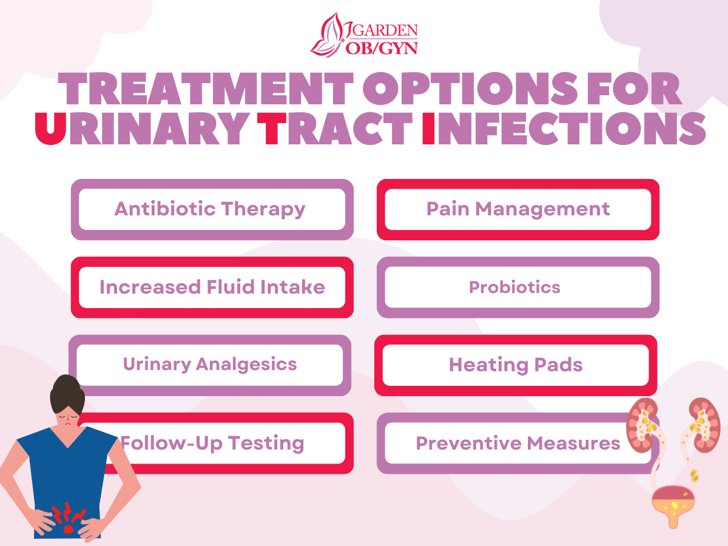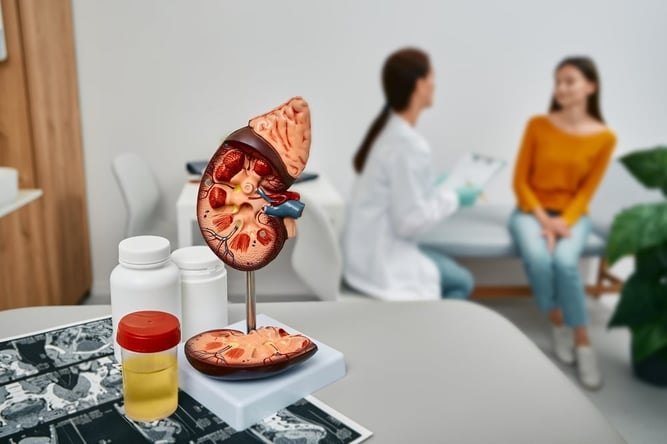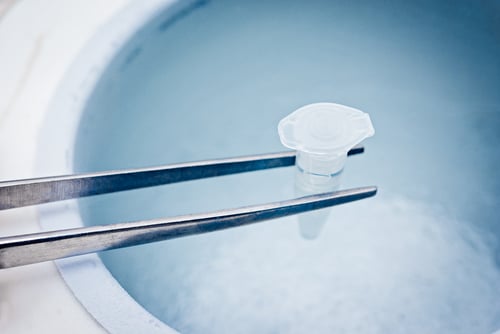Treatment Options for Urinary Tract Infections
Let us delve into the various approaches and strategies healthcare professionals employ to treat UTIs, promoting recovery and overall urinary tract health.

Urinary Tract Infections (UTIs) can be a source of discomfort and inconvenience, affecting individuals of all walks of life. Understanding the available treatment options is crucial for swift and effective relief. In this article, we will delve into the various approaches and strategies healthcare professionals employ to treat UTIs, promoting recovery and overall urinary tract health.
-
Antibiotic Therapy: The most common and primary treatment for UTIs is a course of antibiotics. Healthcare providers prescribe antibiotics based on the specific bacteria causing the infection. It is essential to complete the entire prescribed course, even if symptoms subside before completion, to prevent the development of antibiotic-resistant strains.
-
Pain Management: UTIs often come with symptoms such as pelvic discomfort, pain, and a burning sensation during urination. Over-the-counter pain relievers, such as ibuprofen or acetaminophen, can provide relief from these discomforts while the antibiotics work to eliminate the infection.
-
Increased Fluid Intake: Drinking plenty of water is not only a preventive measure but also a supportive element in UTI treatment. Adequate hydration helps flush out bacteria from the urinary tract, enhancing the effectiveness of antibiotic therapy.
-
Probiotics: Some individuals may choose to incorporate probiotics into their regimen during and after antibiotic treatment. Probiotics can help restore the balance of beneficial bacteria in the gut and urinary tract, minimizing the risk of recurring infections.
-
Urinary Analgesics: Medications specifically designed to alleviate the pain and burning sensations during urination, known as urinary analgesics, may be prescribed in certain cases. These medications provide symptomatic relief while the underlying infection is being addressed.
-
Heating Pads: Applying a heating pad to the lower abdomen can help ease discomfort associated with UTIs. This simple remedy can be used in conjunction with other treatment options for added relief.
-
Follow-Up Testing: In some cases, healthcare providers may recommend follow-up testing, such as urine cultures, to ensure that the infection has been fully eradicated. This is particularly important in cases of recurrent UTIs or if symptoms persist.
-
Preventive Measures: Alongside active treatment, healthcare professionals may advise patients on preventive measures to reduce the risk of future UTIs. This can include lifestyle changes, hygiene practices, and dietary recommendations.
Understanding the available treatment options for Urinary Tract Infections empowers individuals to take prompt action and seek relief. Whether through antibiotics, pain management, or supportive measures like increased fluid intake, a comprehensive approach ensures a faster recovery and reduces the likelihood of recurrent infections. Consulting with healthcare professionals and following their guidance remains crucial for effective UTI treatment and long-term urinary tract health.
































